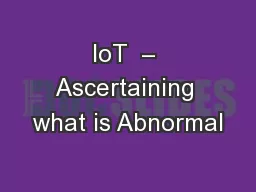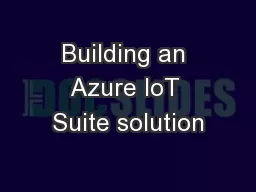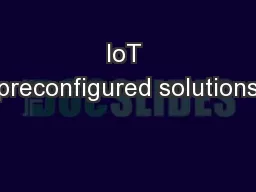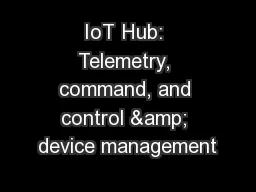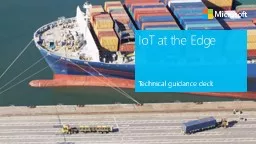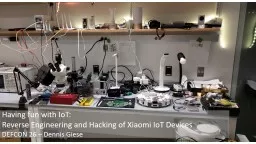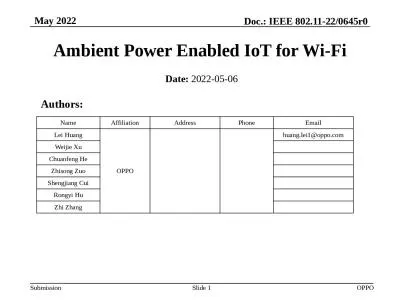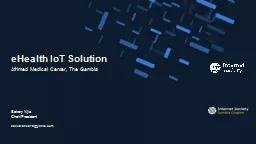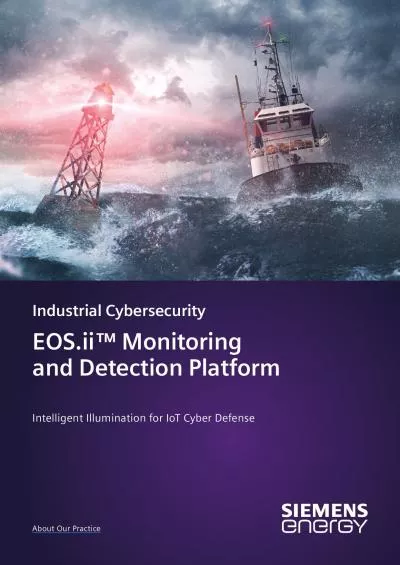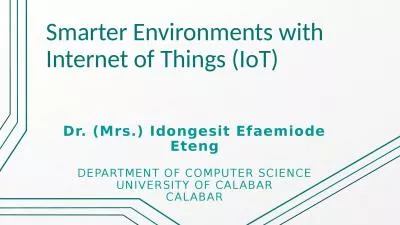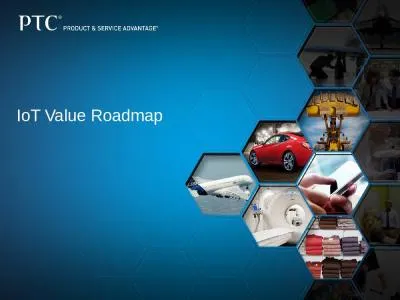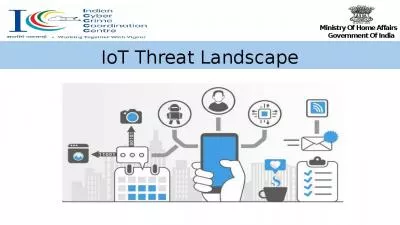PPT-IoT – Ascertaining what is Abnormal
Author : sherrill-nordquist | Published Date : 2018-03-22
to Detect Malicious Behavior Merike Kaeo CTO Farsight Security merikefsiio US San Francisco Bay Area Chapter Goals For Today What Is T he N ew N ormal Dont
Presentation Embed Code
Download Presentation
Download Presentation The PPT/PDF document "IoT – Ascertaining what is Abnormal" is the property of its rightful owner. Permission is granted to download and print the materials on this website for personal, non-commercial use only, and to display it on your personal computer provided you do not modify the materials and that you retain all copyright notices contained in the materials. By downloading content from our website, you accept the terms of this agreement.
IoT – Ascertaining what is Abnormal: Transcript
Download Rules Of Document
"IoT – Ascertaining what is Abnormal"The content belongs to its owner. You may download and print it for personal use, without modification, and keep all copyright notices. By downloading, you agree to these terms.
Related Documents

